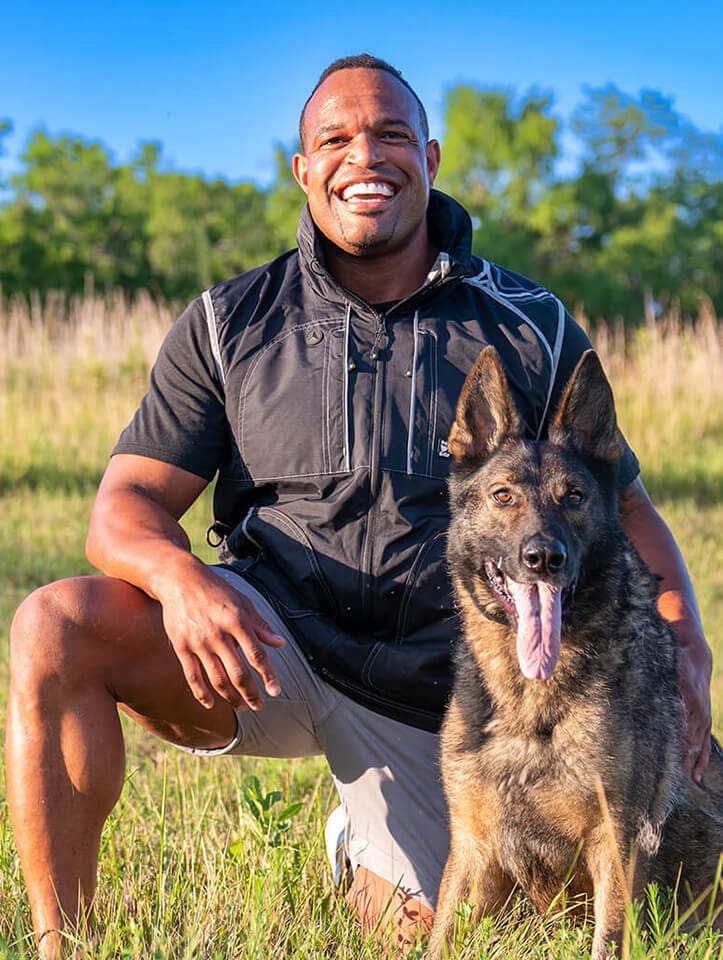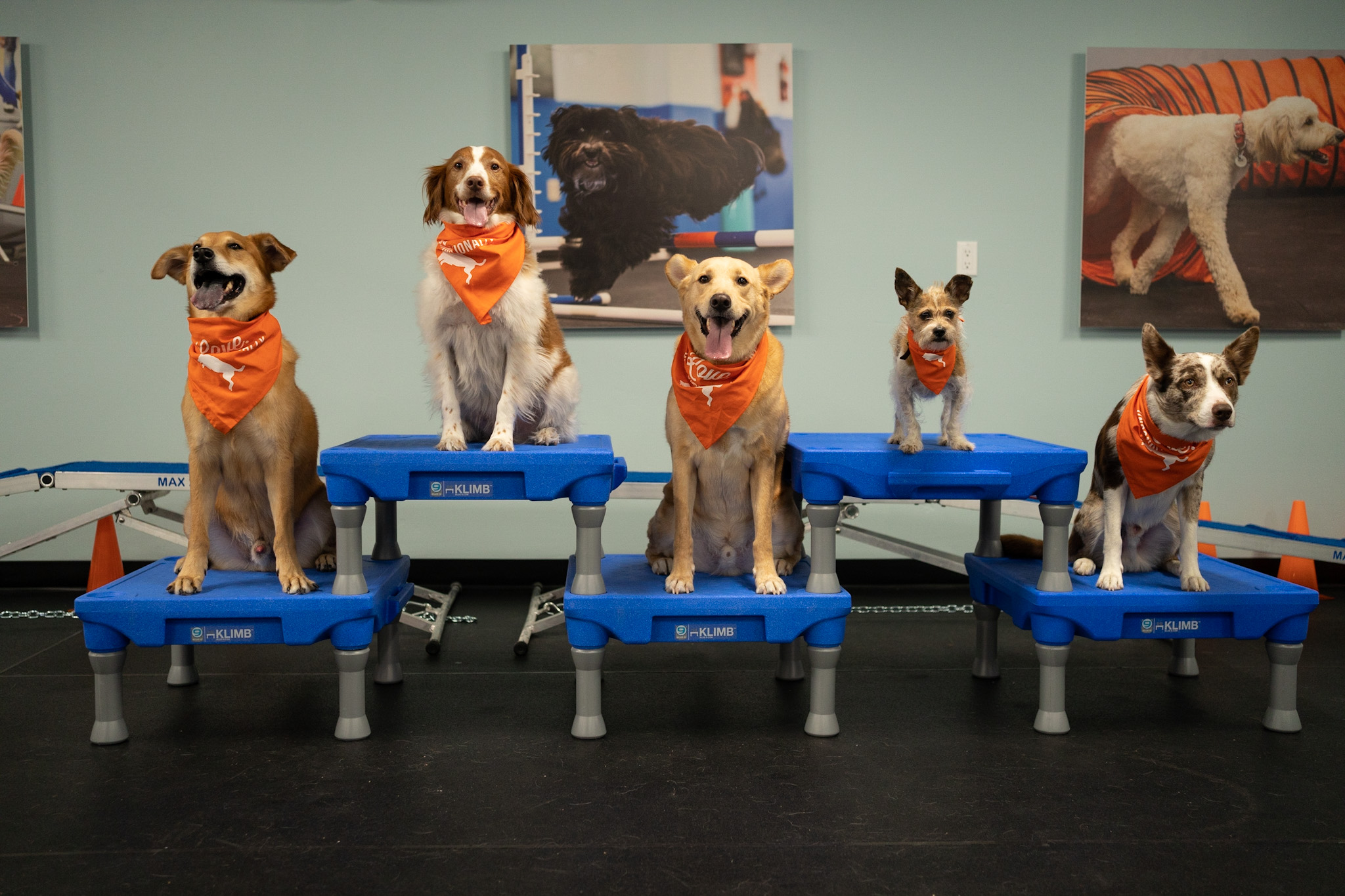Transform Your Dog's Behavior with These Proven Dog Training Methods
Transform Your Dog's Behavior with These Proven Dog Training Methods
Blog Article
Newbie's Guide to Effective Pet Dog Training in your home
Effectively training a pet in the house requires a nuanced understanding of canine actions and reliable communication methods. Developing clear training objectives, making use of high-grade rewards, and maintaining uniformity throughout relative are important aspects. Integrating training right into day-to-day regimens can improve both involvement and retention. However, lots of beginner instructors run into obstacles that may hinder progress. To navigate these intricacies properly, it's vital to discover numerous crucial elements that can transform your approach and cause an unified connection with your pet dog. What basic concepts should every beginner grasp to make certain success?
Recognizing Pet Habits
Recognizing pet behavior is essential for reliable training and fostering a harmonious connection in between humans and their canine companions. Pet dogs connect mostly with body movement, articulations, and faces, making it crucial for proprietors to interpret these signals precisely. Acknowledging behaviors such as tail wagging, growling, or cowering can provide understandings into a dog's mood and intents.

Common behavioral concerns, such as aggression, anxiousness, or excessive barking, frequently come from misconceptions or unmet needs. Observing and dealing with these issues immediately can protect against escalation and make certain a favorable training experience. By cultivating a deep understanding of dog habits, owners can customize their training techniques to suit their canine friends, inevitably resulting in a mannerly and happy pet dog.
Essential Educating Devices
A fully equipped training room can substantially boost the effectiveness of canine training in your home. Essential training tools make certain that both the trainer and the pet can take part in efficient sessions that promote discovering and bonding.

Spending in a sturdy leash and a comfy, well-fitting collar or harness is vital for security and control. These tools assist develop boundaries and guarantee the dog continues to be safe and secure throughout training. Additionally, a marked training location, cost-free from diversions, aids focus for both the dog and the instructor.
Training help such as training pads, cones, or dexterity equipment can additionally improve the experience by introducing selection and difficulties. Lastly, having a note pad or electronic app for tracking progression can be vital, allowing you to note successes and locations for renovation. Utilizing these crucial devices will create a positive training setting and lay the structure for effective discovering.
Producing an Educating Regimen
Establishing a constant training regimen is essential for effective pet training at home. A well-structured routine not just aids in strengthening wanted actions however likewise offers your canine with a complacency and predictability. To create an effective training routine, start by determining specific training objectives, such as basic commands, chain walking, or house-training.
Choose an assigned time daily for training sessions, ideally when your pet is responsive and alert. Procedure should be brief, about 5 to 15 minutes, to preserve emphasis and avoid tiredness. Uniformity in timing and environment will certainly boost your pet's understanding experience.
Include training into everyday tasks to strengthen skills. For instance, technique commands during strolls or nourishment, which integrates learning into natural regimens. Furthermore, remain flexible and change the routine as essential, fitting your dog's power levels and mood.
Positive Support Methods
Positive support strategies are essential to reliable pet training, promoting preferred habits via incentives as opposed to penalty. This approach utilizes favorable stimuli, such as deals with, appreciation, or play, to motivate pets to duplicate certain activities. The foundation of this technique is timing; incentives must be given quickly complying with the preferred behavior to create a clear organization.
When applying favorable reinforcement, it is vital to select incentives that are motivating for your canine. High-value treats, such as little items of hen or cheese, can be particularly effective throughout training sessions. Furthermore, varying the incentives can maintain your canine's passion and enthusiasm.
Begin with straightforward commands, like "rest" or "remain," and gradually progression to a lot more complex jobs. Consistency is crucial; guarantee that all relative utilize the same commands and reward systems to click here for info avoid confusion.
Moreover, it is important to remain client and stay clear of stress. Pets, like people, learn at their very own pace. By cultivating an encouraging training atmosphere via positive reinforcement, you can enhance your dog's knowing experience while enhancing the bond between you and your hairy friend, laying the foundation for successful training results.
Usual Training Obstacles
While educating a canine in the house can be a rewarding experience, it typically includes a collection of usual obstacles that can check both patience and consistency. One common problem is disturbance. Dogs may come to be easily averted by noises, motions, or perhaps fragrances in their setting, making it challenging to maintain their emphasis during training sessions.
Another difficulty is disparity in commands and support. It can impede and perplex the pet progress if household members make use of different cues or rewards. Establishing a unified strategy is important for reliable communication.
Furthermore, canines can experience disappointment or stress, specifically if they do not recognize what is anticipated of them. This can cause undesirable actions, such as chewing or barking.
Lastly, the timing of reinforcement is essential (Dog training). Delayed rewards can reduce the efficiency of positive support, as canines might stop working to attach you can check here the actions with the benefit
Getting over these challenges requires commitment, clear communication, and a structured training plan. Recognizing and attending to these typical barriers will lead the way for a more effective and satisfying training experience at home.
Verdict
In final thought, effective canine training at home necessitates a detailed understanding of canine behavior and efficient communication techniques. By establishing clear training goals and making use of high-quality deals with alongside favorable reinforcement, the training process becomes more gratifying for both the trainer and the look at this site pet dog.
Developing a constant training routine is necessary for reliable dog training at home.Positive support strategies are fundamental to reliable canine training, promoting desired habits via rewards instead than punishment (Dog training). By fostering a supportive training environment via positive support, you can enhance your dog's learning experience while enhancing the bond in between you and your fuzzy buddy, laying the foundation for effective training results
In conclusion, successful pet dog training at home requires a detailed understanding of canine actions and effective interaction methods. By establishing clear training goals and using high-quality treats along with positive support, the training process ends up being extra fulfilling for both the instructor and the dog.
Report this page